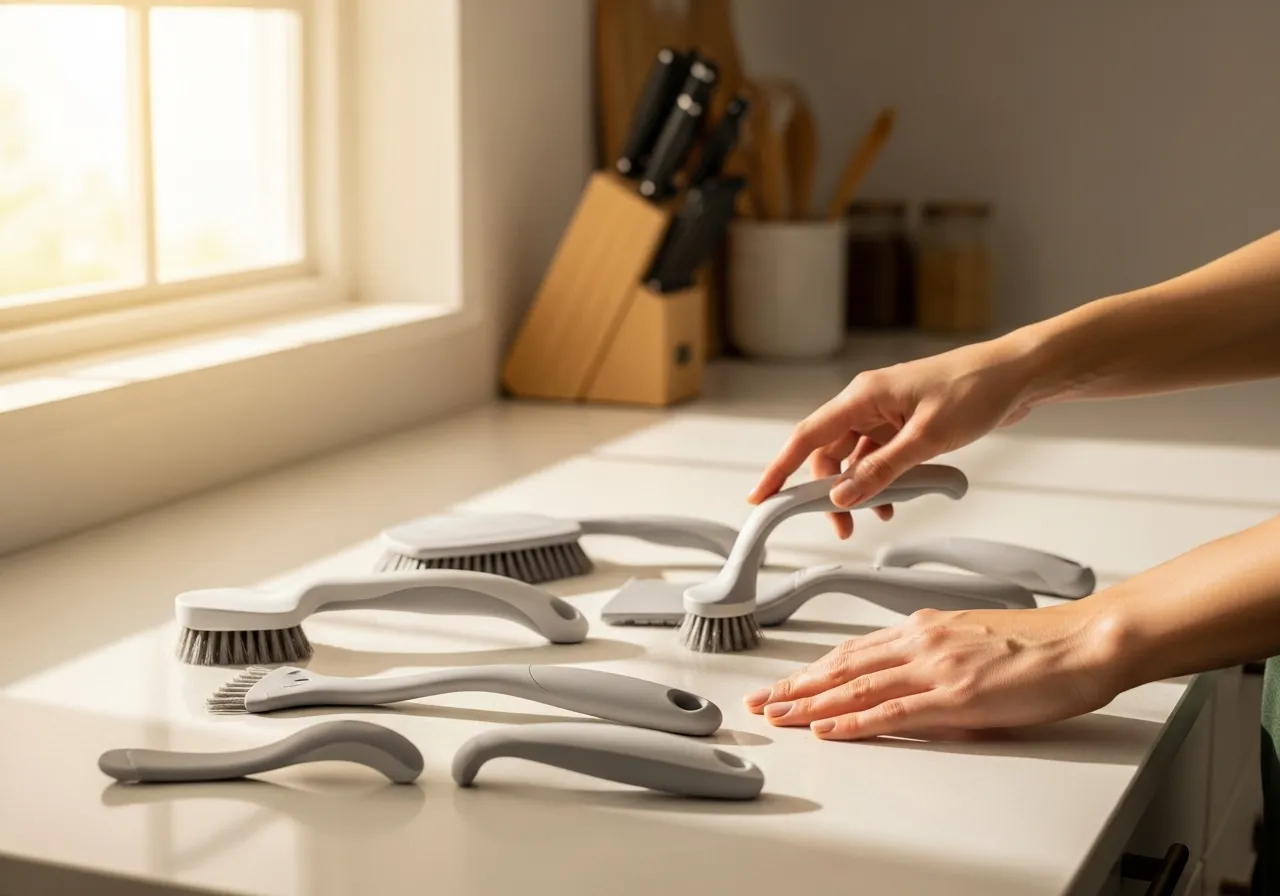
The Foundation: Understanding Ergonomic Cleaning Tools
Before we dive into specific products, it’s crucial to understand the principles that make a cleaning tool accessible and effective. The field of ergonomics is the science of designing products and environments to fit the people who use them. In cleaning, this means choosing tools that reduce force, repetition, and awkward postures.
When you shop for new supplies, think like an ergonomist. Instead of just grabbing the first mop you see, consider its specific design features. How much does it weigh? What is the handle shape? Does it require you to twist your wrist or bend your back to use it effectively? Keeping a few key criteria in mind can guide you toward smarter, safer choices that promote accessible living.
Key Features to Look For in Any Cleaning Tool
Whether you’re looking at a duster or a vacuum, a few universal features signal a more ergonomic design. Creating a mental checklist can help you evaluate products in the store or online.
Weight: This is often the most critical factor. A heavy tool requires more effort to lift, push, and maneuver, putting strain on your shoulders, back, and wrists. For handheld tools and vacuums, look for items that weigh less than 10 pounds. The ideal range for stick vacuums, for example, is often between 5 and 7 pounds. This small difference can mean finishing a room without fatigue versus needing to stop halfway through.
Handle Design: A comfortable, secure grip is non-negotiable. Avoid tools with thin, hard plastic handles that force you to clench your fist tightly. Instead, look for padded, non-slip handles with a diameter of roughly 1.5 to 2 inches, which allows for a more relaxed grip. D-shaped handles (like on some shovels or advanced mops) or long, looped handles provide multiple grip options and better leverage, reducing wrist strain.
Adjustable Length: Long-handled tools are a cornerstone of accessible cleaning. They allow you to clean floors, showers, and high surfaces while standing upright, eliminating the need to bend, kneel, or stretch precariously. Look for telescoping or extendable wands that can be adjusted to your height. A duster that extends from 24 to 48 inches, for example, lets you clean baseboards and ceiling fan blades with the same comfortable posture.
Wheels and Glides: For any item of significant weight, wheels are your best friend. This applies to vacuum cleaners, mop buckets, and even cleaning caddies. The goal is to glide, not lift. Smooth-rolling wheels reduce the force needed to move tools from room to room, saving your energy for the cleaning task itself.
Low-Effort Activation: Consider how you turn a tool on or dispense a cleaning solution. Small, stiff buttons or hard-to-squeeze triggers can be frustrating for those with arthritis in their hands. Look for large, easy-press buttons, foot pedals, or triggers that require minimal pressure. For spray bottles, a continuous-spray mechanism can be a great alternative to repetitive pumping.


















One Response
Gracias por las recomendaciones. Las necesitaba